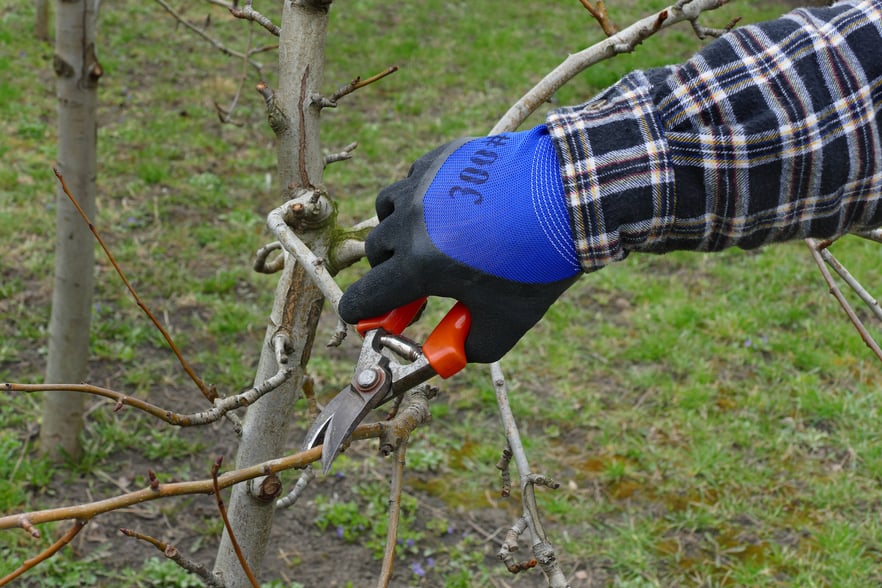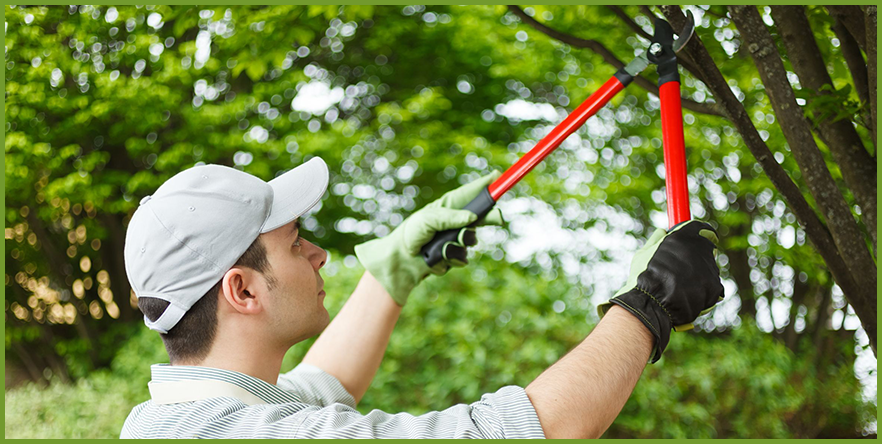Learn How to Prune Deciduous Trees Like an Expert!
Prune deciduous trees in the winter because the weather is perfect for working outside and since the leaves have fallen and the branching structure is unclothed, it’s easier on both you and the tree! You will also want to prune apples, peaches, nectarines, apricots, and nuts in a way so that the height of the fruit-bearing branches is not too high, this way, come harvest time, picking the fruit is a breeze!
What to Prune
To prune deciduous trees, you’ll need to have the right tools on hand, as well as knowing what to prune. The goal is to remove diseased branches and also to remove those branches that are rubbing together or look like they might in the future. You’ll want to begin a visual inspection starting at the top of the tree and working downward. Never remove more than ¼ of a tree’s crown in a season. For most deciduous trees, avoid pruning up from the bottom any more than ⅓ of the tree’s total height.
Keep your tools sharp! We find that one-hand pruning shears with curved blades tend to work best on young trees. For higher branches, use a pole pruner. For a major job on a bigger tree, we recommend professional tree service.
How to Prune
There are two types of cuts – heating and thinning. You will want to cut far below the diseased areas and to avoid splitting, make a thinning cut to remove one branch. It’s always a good idea to trim suckers and water spouts because they can interfere with the normal growth pattern.
Heading cuts can be made to reduce the height of the tree. You’ll want to do this may cutting lateral branches back and remove terminal buds. Heading cuts will stimulate growth close to the cute. You’ll want to be sure to not use these cuts on branches that are older than one year old because doing this can lead to suckers and water sprouts. Of note: heating or topping can also disfigure older trees and may expose large areas of bare wood to insects and diseases.
Thinning cuts basically means cutting the branch where it is attached. Also, if you prune a branch back to another branch or cut a branch from the trunk, you are also thinning. The advantages of thinning include better air circulation and it makes it easier for the sun to pierce through, which can let the warmth of the sun into your landscape.
Feel free to contact your local Moon Valley Nurseries expert who will be glad to answer any more questions you might have on how to prune deciduous trees! We are here to help!

Submit a Comment